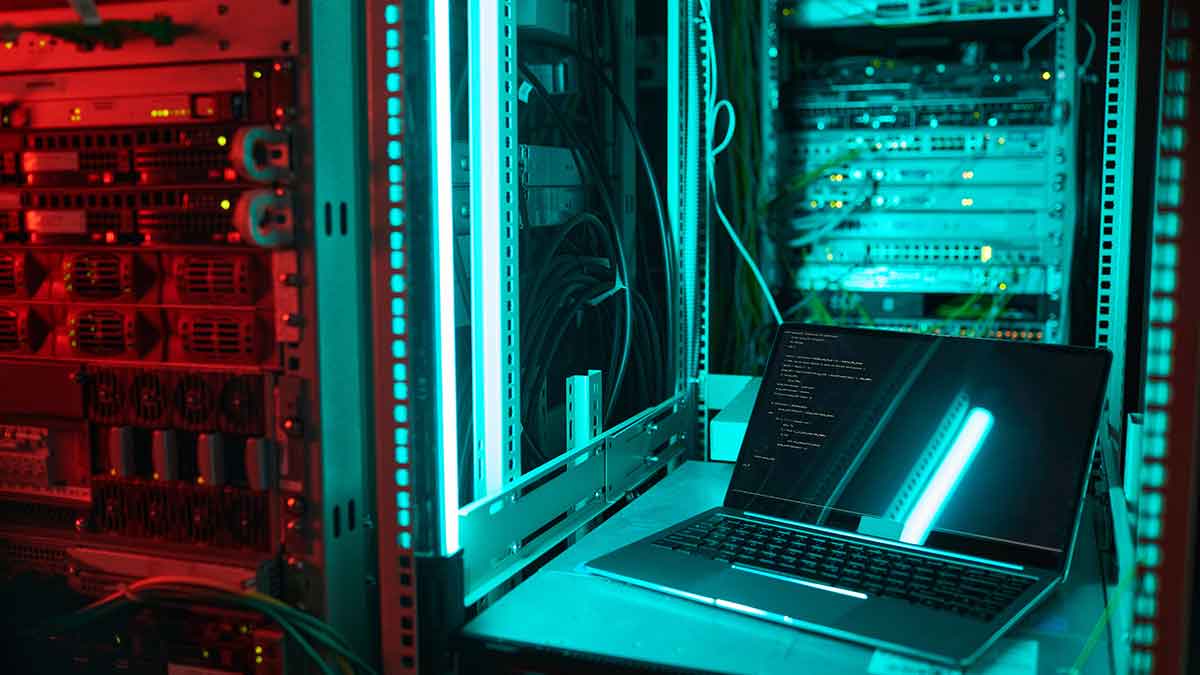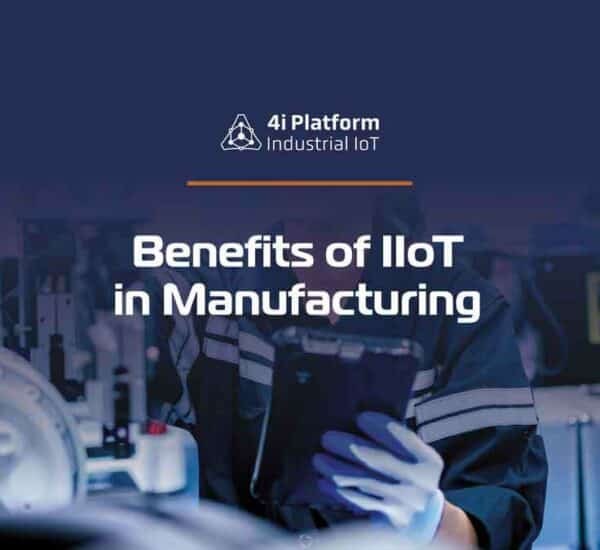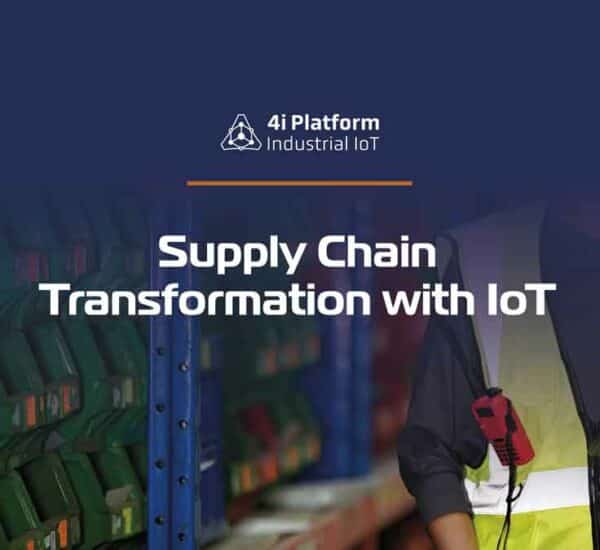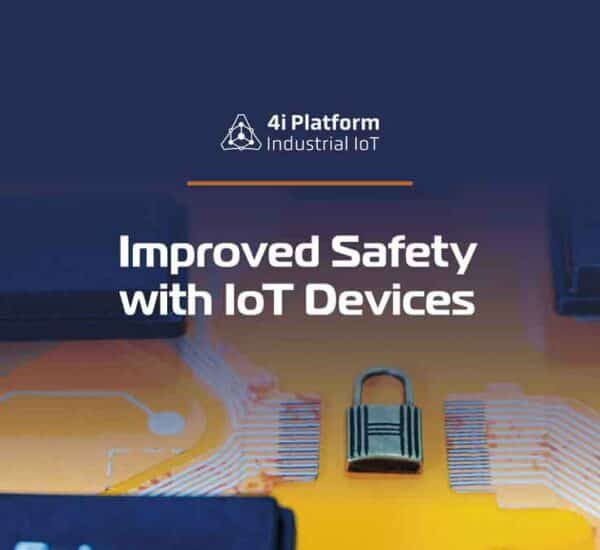A consistent and high load delivery of power is pivotal to the functioning of large-scale corporate data centers. In addition, data center solution companies must cover their energy requirements. To this end, IoT can be of use to data centers.
Power Grids and Data Centers
Although some data centers still rely on local power grids for energy consumption, there are distinct disadvantages to this approach. Due to the large power requirements of data centers, grid power can be more costly than other options. Therefore, it may occur that some local power grids may not be able to provide sufficient energy supply to keep data centers running.
This can happen when data centers are located in remote areas or if local power consumption during peak hours limits the amount of data that data centers can directly receive.
Power outages or brownouts can affect data centers that depend on grid power. They can have a devastating effect on both the operations of data centers and the critical functions they perform.
These drawbacks in grid power have led data center solution providers to look for alternative forms of power generation. These alternatives must offer greater consistency and better operations control than traditional grid power.
The creation of in-house power stations that supply power for data center operations is a key part of this initiative. This article will discuss some of the Internet of Things solutions (IoT data) that can be useful for managing power plant operations in data centers.
IoT: the Solution to Data Centers’ Problem
IoT monitoring systems’ flexibility and speed and data collection’s breadth offer greater security and coverage for power plant management.
These aspects allow IoT data systems providers to create an efficient, cost-effective, and more stable power plant for their clients.
IoT data collection and monitoring systems can have multiple uses within the industry, such as the management of data centers or power plants. An IoT-based system works by creating a network of sensor nodes across the infrastructure you want to monitor.
How to Integrate IoT
Technicians will install these sensors throughout your organization. Sensors in data centers can help monitor temperature, humidity, lighting, server stacks, and HVAC systems. Embedding sensors in critical equipment within a power plant can help monitor power production, operating temperatures, efficiency, emissions, and other parameters.
Once sensors are correctly placed at a power plant or data center, the mesh network can be up and running. The sensors transmit data to cloud-based analytics software and then this data is sent to a dashboard.
Data dashboards are a central data collection and viewing point for IoT monitoring networks. These dashboards can also be set up in a way that is most beneficial for both the end user and the application.
Data dashboards provide IoT monitoring systems with additional flexibility. Data centers’ staff can access these dashboards on any device, including a tablet or mobile phone. This flexibility is a huge advantage when managing a data center or power plant. It allows management teams to be mobile across their entire organization and still stay up to date.
Furthermore, managers can set up their data dashboard to send alerts when certain thresholds are met. This is especially important for power management in data centers due to the fact that they must continue to operate.
Managers can alert their teams if there are fluctuations in power generation, temperature, or other data points and take action.
Monitoring data center networks is a top priority for companies that offer data center solutions. Monitoring software is more important than ever, since data center solution providers bring power management and delivery in-house.
The integration and implementation of IoT monitoring systems within existing organizations for these kinds of critical efforts is easy because of their extreme flexibility.
Why Should You Include IoT in your Data Center?
An IoT solution easily provides a single and comprehensive view of both the power supply and operations of a data center provider. This makes continuous delivery of services possible.





